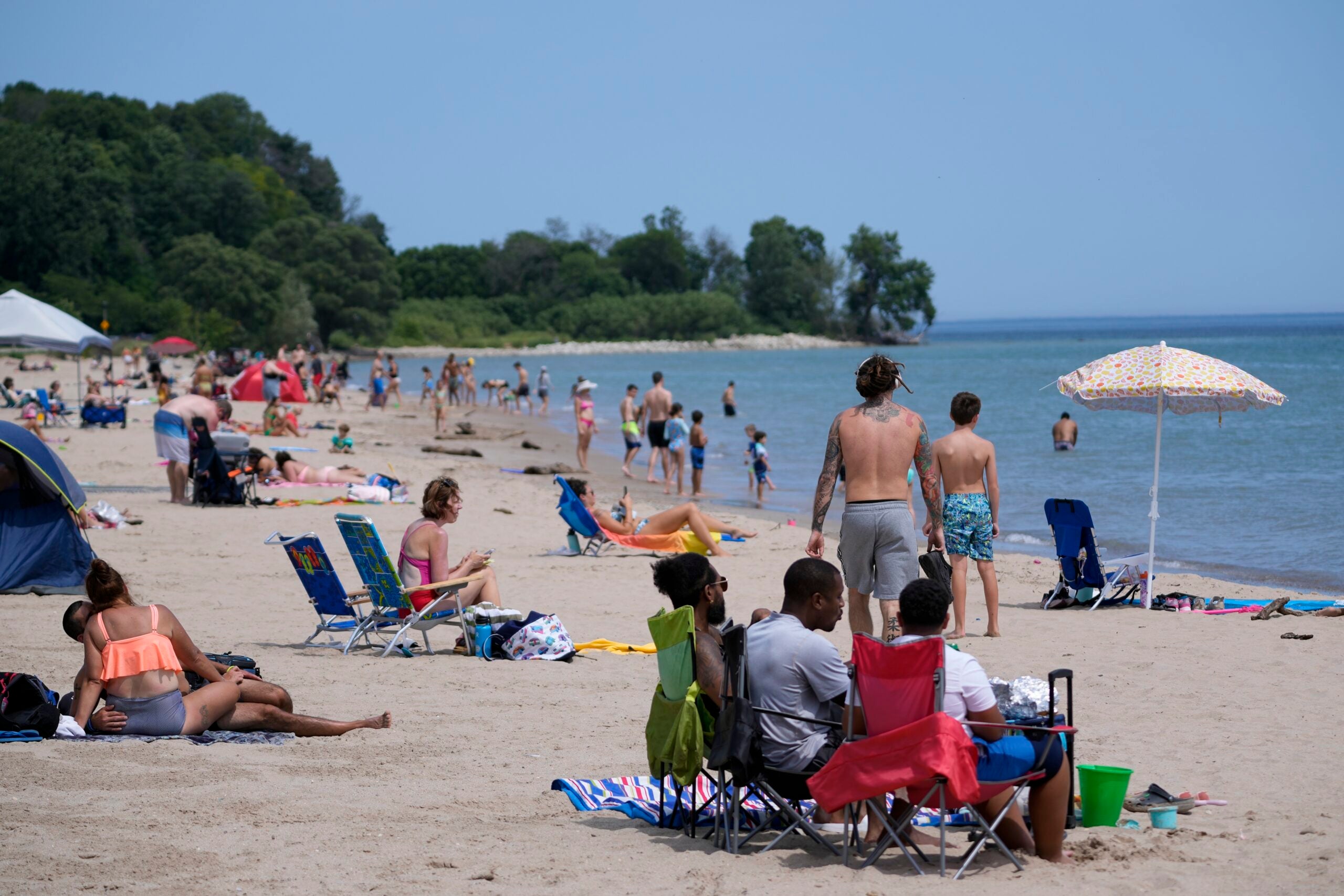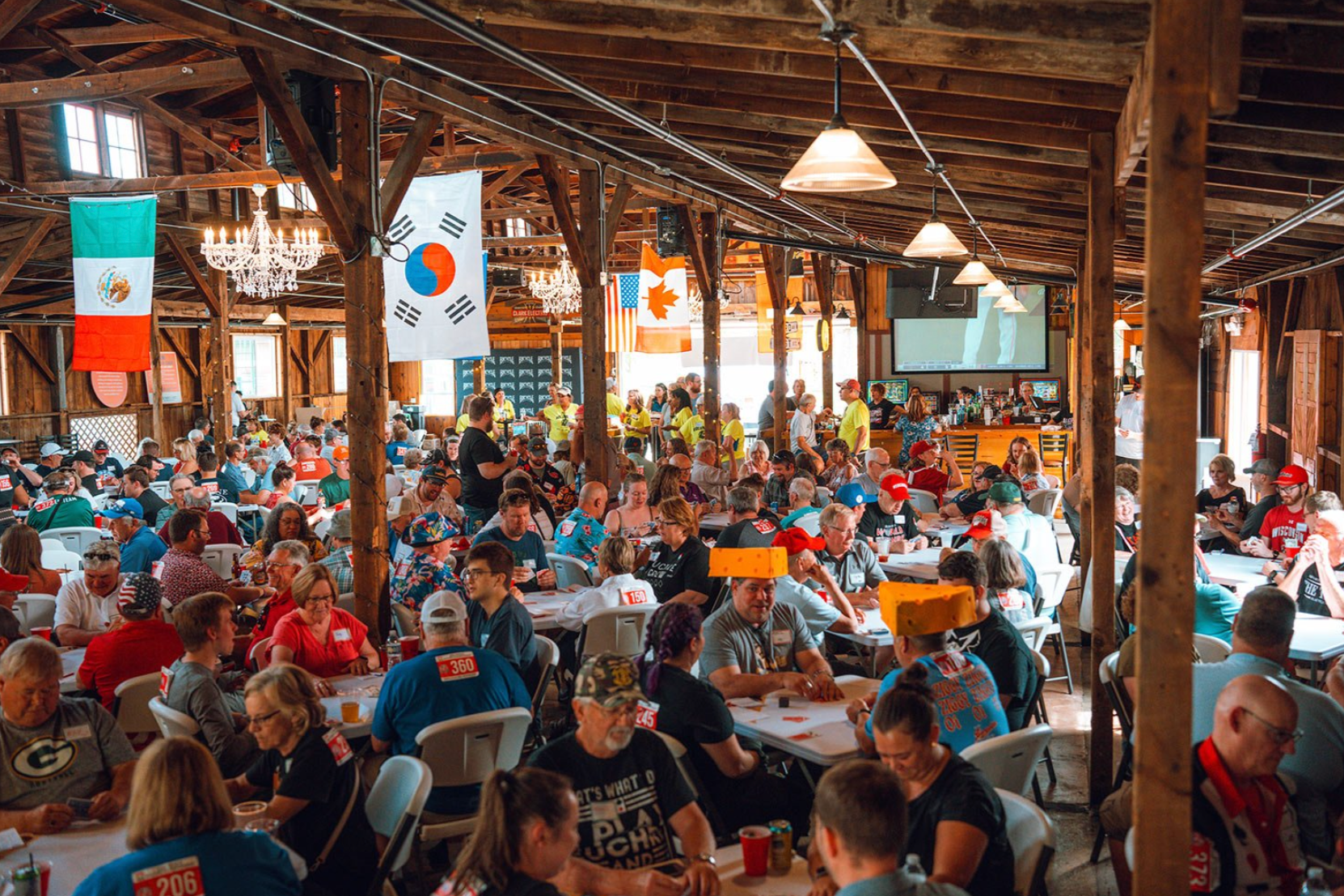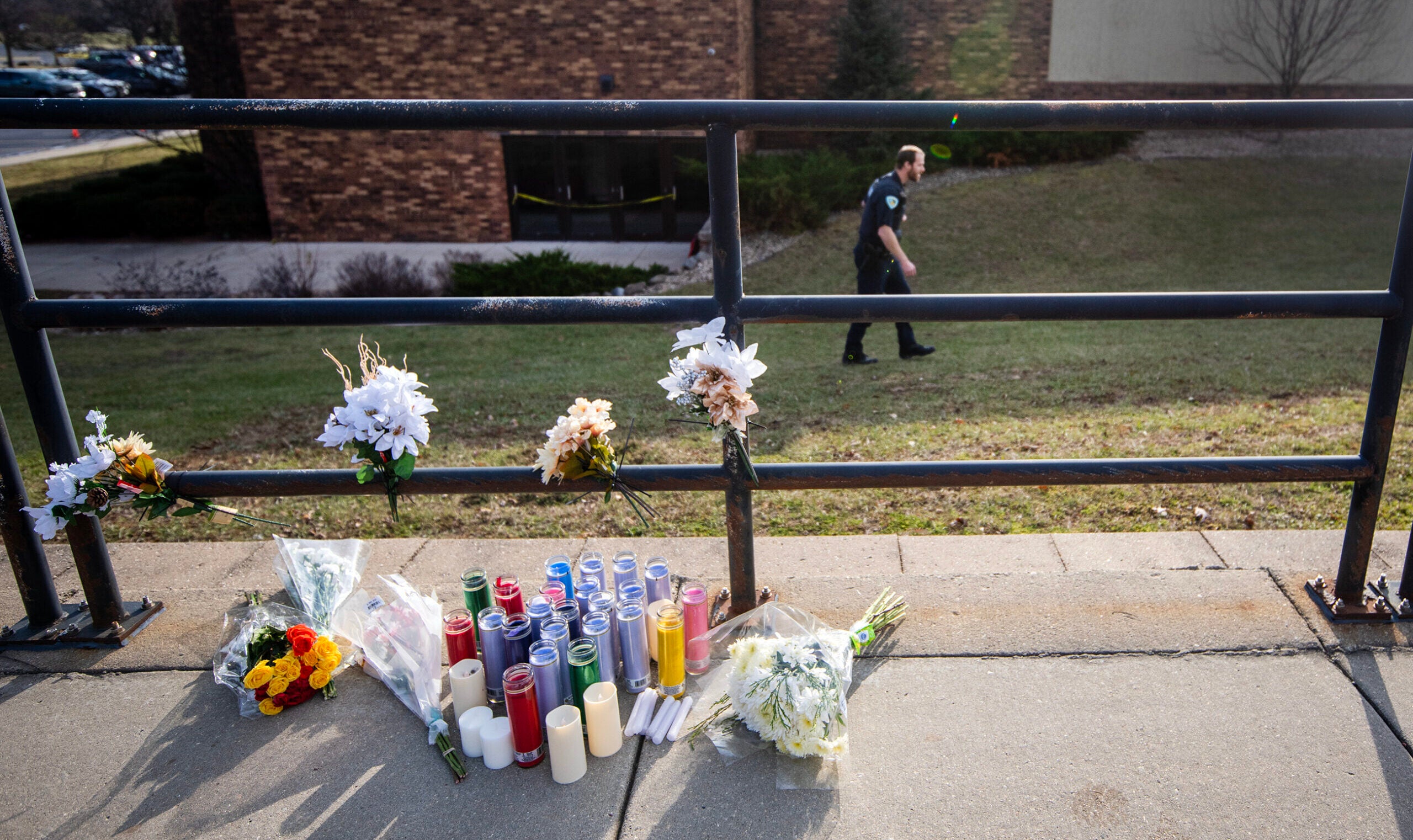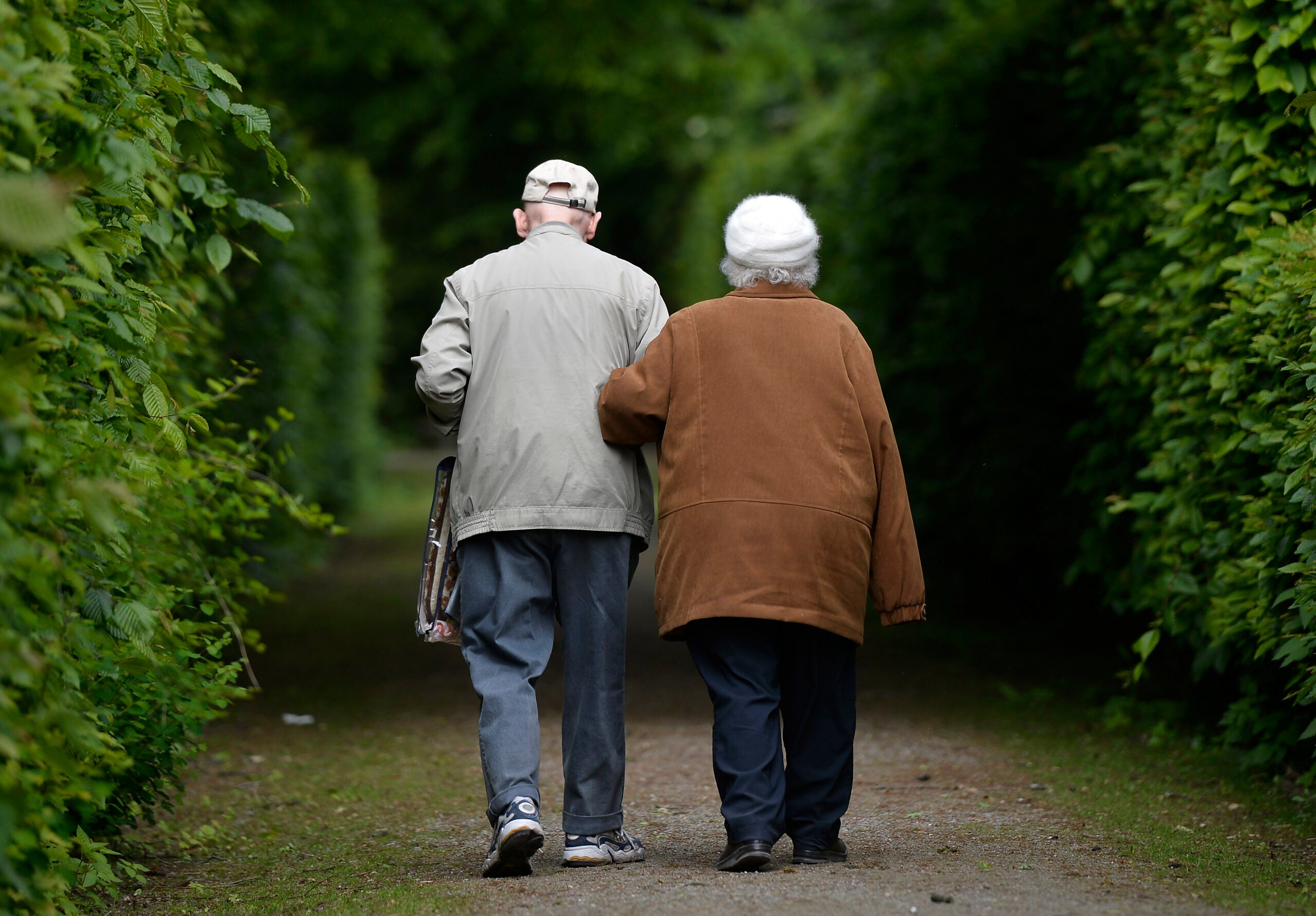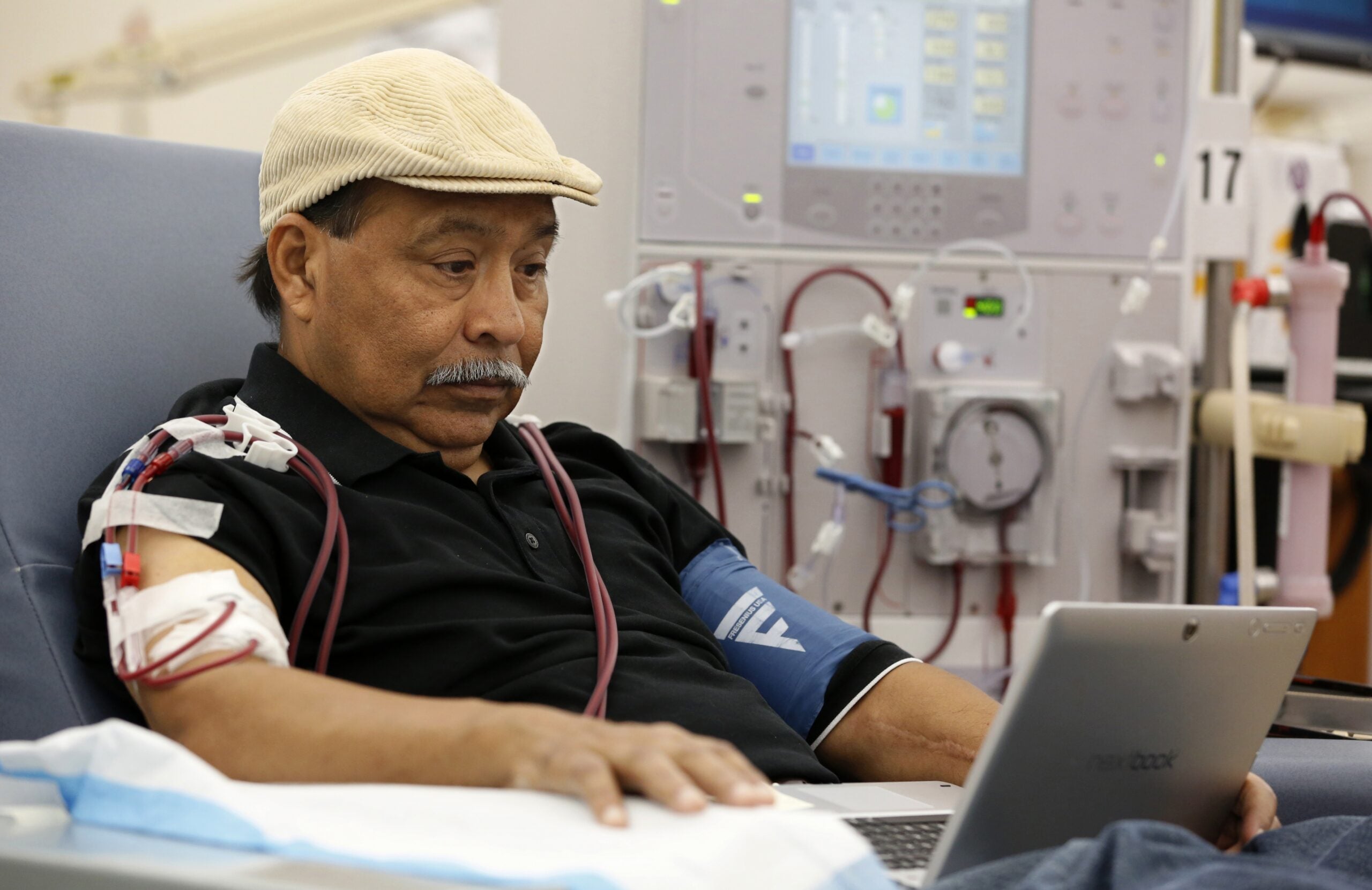Extreme heat arrived in Wisconsin early this summer, with temperatures topping 90 degrees in many parts of the state this week.
The number of deaths and illnesses caused by heat have been growing in recent years, according to the U.S. Department of Health and Human Services.
In 2021, 1,602 deaths were blamed on heat in the United States; 1,722 perished in 2022 and 2,302 died in 2023. In 2022, heat killed at least 14 people in Wisconsin, according to the state Department of Health Services.
Stay informed on the latest news
Sign up for WPR’s email newsletter.
“Anytime that we’re seeing these temperatures like we’re getting right now, when we’re in the 90s and above, you know those are really a danger to anybody,” said Carla Lundeen, director of the Great Rivers 211 contact center.
Fortunately, death and serious illness from heat are preventable. The 211 centers like the one Lundeen leads exist in most parts of the country to connect people with assistance offered by government and non-profit organizations for a variety of issues.
Lundeen told WPR’s “Wisconsin Today” that calls increase during heat waves as people look for relief. She explained that people can get assistance in weather-proofing their homes, paying utilities and finding cooling centers to get out of the heat.
The following has been edited for clarity and brevity.
Rob Ferrett: We don’t always think of heat waves when we think of disasters. Do we take heat waves seriously enough?
Carla Lundeen: We’re tough with Midwesterners, right? I grew up here. We can handle anything. But I think sometimes we don’t focus on that enough, staying hydrated, staying indoors and in the shade during those hottest parts of the day. A lot of people in Wisconsin are farmers. They’re out there working in that heat and sometimes we don’t necessarily pay enough attention to how dangerous these heat waves and the effects of heat can be on our body.
RF: What can people get when they call a 211 center?
CL: 211 is a wonderful resource that I think is sometimes the best kept secret across the nation. There’s a 211 center in 99 percent of the communities in the United States and in Wisconsin, every county, every tribal nation in Wisconsin, has a local 211 center that supports them. We serve 13 counties up the west coast of Wisconsin, up the Mississippi. And when people call 211 they’re able to get connected with community resources and information.
So when you’re thinking about heat waves and preparing for extreme heat events such as the ones that we’re talking about today, people can call 211 and find out information about where local cooling centers are in their community.
Maybe homeowners and renters are thinking about, ‘How can I prepare myself for these events?’ ‘How can we connect people with weatherization resources?’ Maybe people are having trouble paying for their utility bills. They can connect with 211, and we can help connect them then to community resources that will help them pay for their gas or electricity.
RF: I understand you have kind of a unique service that’s not available everywhere, a Carrier Alert program in your part of the state. What is that? How does it work?
CL: Our Carrier Alert program is a partnership with our local postal workers, our post offices.
When people sign up for our program, they will identify one to two emergency contacts. If their mail starts building up in their mailbox that might be a signal that something’s not right in the home.
The mail carrier will reach out to us at 211 and we will reach out to the resident’s emergency contacts. If we can’t get a hold of their emergency contacts, then we’ll initiate a welfare check with local emergency resources just to make sure they’re doing OK. It’s a nice partnership with our local postal workers who are stopping by every day with mail anyway.
RF: What kind of places often serve as cooling centers in communities?
CL: Your local library is a really good place. There’s air conditioning. You can go in there, read a book, relax, cool off. Shopping malls have air conditioning. I can’t say enough good things about our local libraries. They do so many good things, but in heat waves, they are another essential resource for our communities.
